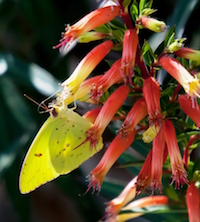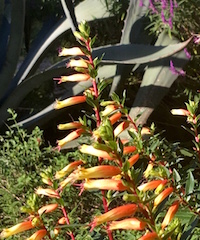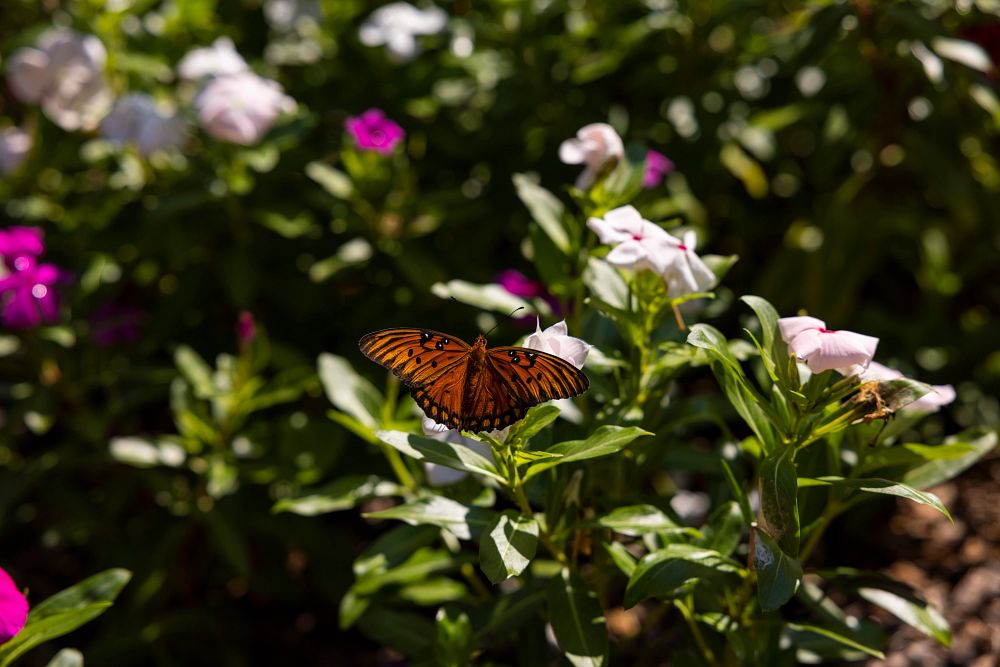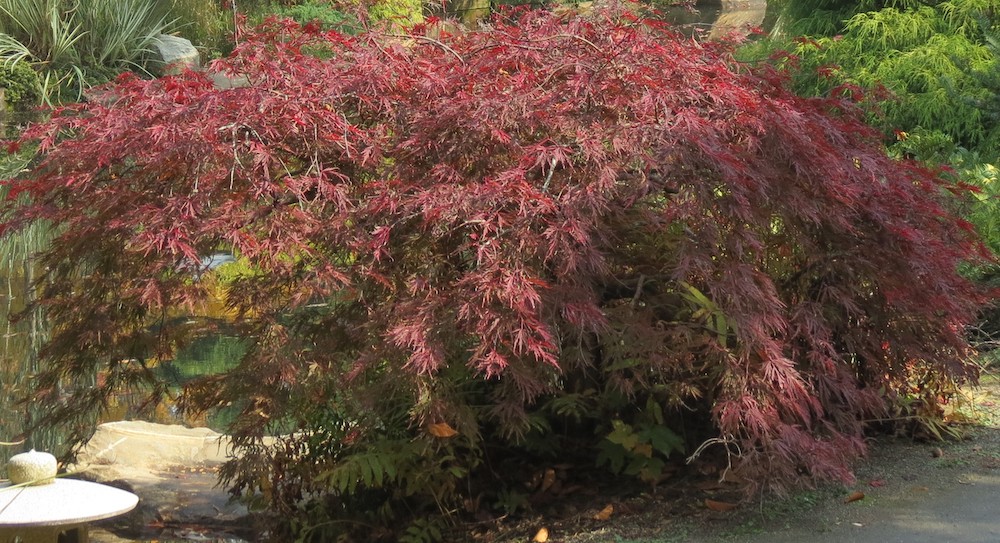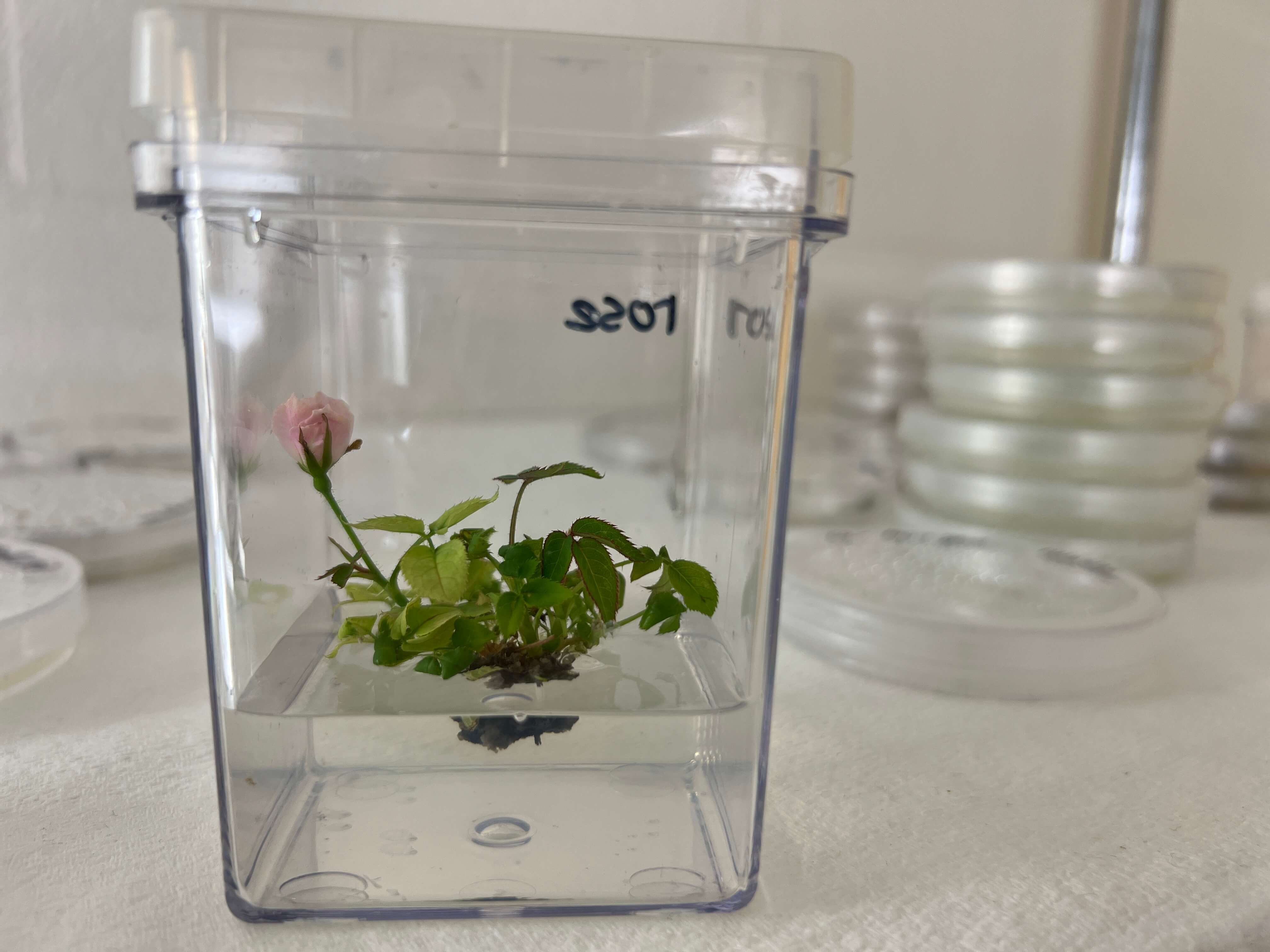Many of you will hand out treats like candy corn this Halloween. I’d like to suggest some ‘Candy Corn’ for the garden that will add an incredible array of color and texture and will be beautiful in your landscape.
While the ‘Candy Corn’ cuphea won’t satisfy your sweet tooth, it does offer a tasty treat for pollinators, like hummingbirds and butterflies. This shrub, which most of us consider either an annual or returning perennial, offers many backyard wildlife habitat benefits. Each of the long stems bears dozens upon dozens of tubular flowers. The flowers reach 1 to 2 inches in length, starting out a cheerful, bright yellow and maturing to orange-red.
Botanically speaking, the ‘Candy Corn’ cuphea, also called “Mexican giant cigar plant,” is known as “Cuphea micropetala.” It is native to Mexico and, with good winter drainage, offers more cold hardiness than many realize. Many gardeners find it to be a returning perennial in zone 7b and worth every penny to grow as an annual in colder regions.
You probably already grow a variety of cupheas as annuals, like Mexican heather and firecracker flower. Adding the ‘Candy Corn’ cuphea makes sense and spreads your bloom season out. Here at the Coastal Georgia Botanical Garden at the Historic Bamboo Farm in Savannah, Georgia, we find ours starts blooming in early September and offers a wonderful fall display that peaks at the height of butterfly season.
Since our ‘Candy Corn’ cupheas are at peak now, you will most likely be planting yours next spring. Select a site in full sun and plant them in well-drained soil. The ‘Candy Corn’ cuphea can easily reach 3 feet tall and wide, so plan on spacing plants 18 to 24 inches apart, planting at the same depth they are growing in the container. Apply a good layer of mulch, water to get them established, then enjoy.
In early summer, pinch growth as needed and more branching will follow. Feed the plant in midsummer and again in early fall with a light application of a balanced, slow-release fertilizer. These species are drought tolerant, but watering during prolonged dry periods will pay dividends come fall.
Plan on using them informally in the garden rather than lined up like soldiers. They work well with other hummingbird plants, like firebush and ‘Gold Star’ esperanza. In our Mediterranean Garden, we feature them with the fall-blooming Mexican bush sage, agave and day-blooming cestrum. In our Sun Garden, we have them planted in a sea of orange and yellow with esperanza, ‘Color Guard’ yucca, thornless opuntia cactus and tall, yellow-blooming thryallis.
If you are thrilled when a hummingbird comes to your feeder, then you will be ecstatic when they come to the ‘Candy Corn’ cupheas you have placed in the landscape. Even though much of the country is under the grip of the first cold front of the year, make plans now. Locate a source for ‘Candy Corn’ and other cupheas in your landscape next spring. Follow me on Facebook at Norman Winter “The Garden Guy.”

